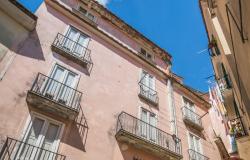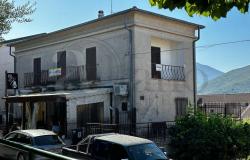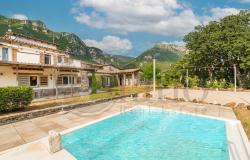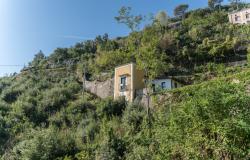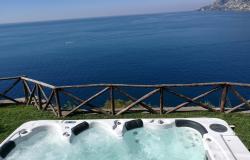 Visitors to see where animal skins were treated - Pompeii is to add another attraction to its list of archaeological treasures, with the restoration of its tannery complex later this year. The tannery, one of the oldest in the world, was fully excavated decades ago but the restoration will give visitors a glimpse of the site as the ancient town's inhabitants once saw it.
Visitors to see where animal skins were treated - Pompeii is to add another attraction to its list of archaeological treasures, with the restoration of its tannery complex later this year. The tannery, one of the oldest in the world, was fully excavated decades ago but the restoration will give visitors a glimpse of the site as the ancient town's inhabitants once saw it.
Buried along with the rest of Pompeii during the AD 79 eruption of Mt Vesuvius, the tannery was once a thriving business located near the town's main southern entrance, the Stabiae Gate. Excavations have revealed a corridor divided into six spaces, separated by five partitions. Three of these walls contained piping that fed water to the site's many tubs and vats.
A front section houses 15 circular earthenware tubs, with inflow and draining holes. Archaeologists believe that 12 of these were used for the vegetable tanning of large skins, while three contained alum, which helped make the sulphuric acid for tanning smaller furs. The first stage of the process, skinning the animals, was carried out on a level beneath the central arcade. The skins were then soaked in vats and treated with tannin. A raised level at the back is thought to have been a drying room, were the skins were stretched out in the final stage.
In addition to various work areas, the complex housed the living quarters of the tannery manager.
At the far end of the tannery's courtyard is a space once used as a dining area. The spectacular mosaic that originally decorated the area's table is now safely preserved in Naples' Archaeological Museum. The Pompeii tannery was first uncovered in 1873 and then fully excavated in the 1950s by the renowned Neapolitan archaeologist Amedeo Maiuri.
Along with the mosaic, most of the finds were taken to the Naples museum, where they remain today. The restoration is partly being funded by the National Union of the Tanning Industry, the latest in a series of archaeological projects in the area to benefit from a mix of public and private funding. Other restoration initiatives have included work on ten large villas, as well as a baths complex in the nearby Stabiae.
